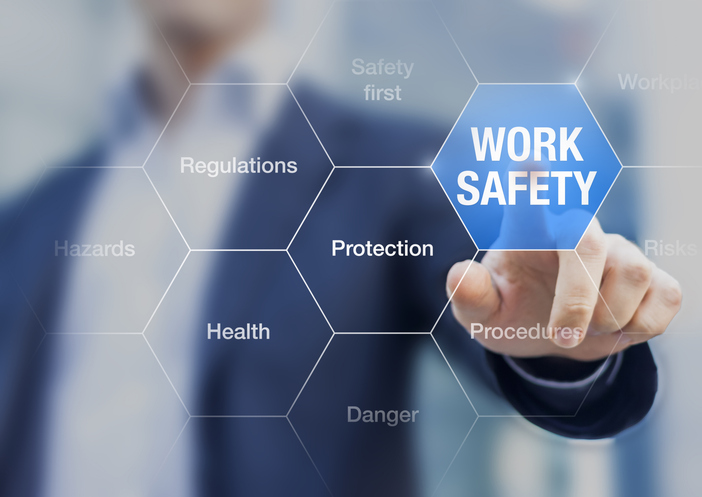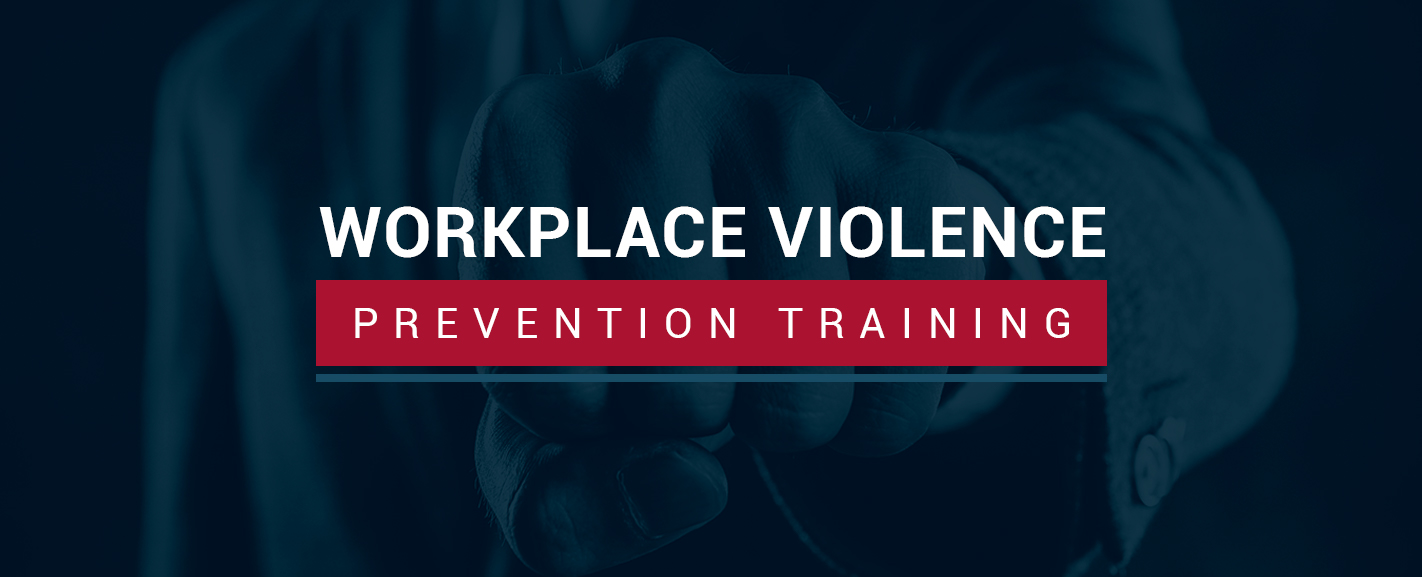Proven Tactics for Developing a Safe and Safeguard Office Setting With Violence Prevention Measures
In the world of workplace security, the importance of carrying out effective physical violence prevention procedures can not be overemphasized. These strategies not just deal with the prompt concerns bordering workplace violence however also contribute to long-lasting strategies for producing a harmonious and safe job environment.

Comprehending Work Environment Physical Violence
To understand the dynamics of office violence, it is vital to analyze the numerous forms and underlying variables adding to such incidents. Office violence can show up in different means, including spoken dangers, physical attacks, and even casualties. Comprehending the kinds this violence can take is critical in establishing reliable prevention approaches.
One common type of workplace violence is physical aggressiveness, which involves any type of physical contact meant to create harm. This can vary from striking and pressing to much more serious activities. Verbal dangers and harassment additionally constitute office physical violence, creating an aggressive setting that can affect workers' health and productivity.
Furthermore, office physical violence can be fueled by different underlying variables such as stress, disputes, and organizational adjustments. Recognizing these source allows companies to apply preventative measures that deal with the particular dangers existing in their office.
Implementing Conflict Resolution Training
Understanding the types and underlying elements of work environment physical violence emphasizes the need for companies to focus on implementing conflict resolution training. Conflict resolution training equips employees with the necessary skills to identify, address, and de-escalate potential conflicts before they escalate right into terrible scenarios. By giving staff members with reliable interaction methods, active listening techniques, and problem-solving approaches, companies can encourage their labor force to navigate disputes and disputes constructively.
Reliable problem resolution training not just improves employees' ability to take care of disputes however also cultivates a society of respect, understanding, and collaboration within the office. Via role-playing exercises, scenario evaluation, and functional workshops, workers can gain hands-on experience in resolving problems quietly and professionally. california workplace violence prevention. Moreover, problem resolution training can assist employees identify early caution indications of potential physical violence, enabling them to take aggressive procedures to avoid volatile circumstances.
Incorporating dispute resolution training as part of an organization's thorough violence avoidance strategy shows a dedication to producing a safe and secure and safe office environment where disputes are taken care of efficiently and physical violence is mitigated.
Establishing Emergency Situation Response Plans
Creating comprehensive emergency action strategies is essential for making sure the safety and safety and security of staff members in the event of unexpected cases or emergency situations within the workplace. These strategies outline the needed actions to be taken during situations such as all-natural catastrophes, clinical emergencies, fires, active shooter circumstances, or other threats to the well-being of team members.
To develop reliable emergency situation response plans, organizations ought to conduct complete threat analyses to recognize possible threats and susceptabilities specific to their workplace. This information is then made use of to develop methods for discharge treatments, interaction methods, assigned assembly points, and roles and responsibilities of employees throughout emergency situations. Normal training sessions and drills must be carried out to familiarize employees with these strategies and make certain a swift and worked with action when needed.
Moreover, emergency feedback plans should be routinely assessed and updated to straighten with any type of changes in the office environment, team obligations, or potential dangers. By buying the advancement of robust emergency situation response strategies, organizations can better shield their workers and minimize the effect of unforeseen occurrences on the workplace.
Urging Coverage and Communication
In cultivating a culture of security and vigilance within the work environment, it is essential to highlight the importance of encouraging discover this reporting and interaction amongst employees. Open up lines of interaction create an atmosphere where staff members feel equipped to talk up concerning potential security problems without fear of consequences. Motivating coverage can help identify and attend to concerns prior to address they escalate into major occurrences.
To advertise coverage, organizations ought to establish clear coverage treatments and networks, making certain that employees know exactly how and where to report security worries or cases. Educating sessions on recognizing indication of violence and the significance of reporting ought to be offered on a regular basis. In addition, developing a non-punitive coverage system where staff members can report problems anonymously can better urge interaction.
Normal interaction in between administration and workers is likewise important in preserving a safe workplace. Management needs to proactively pay attention to worker comments, address issues quickly, and provide updates on any activities taken. By cultivating a culture of open communication and encouraging coverage, companies can proactively avoid workplace physical violence and develop a much safer environment for all employees.

Promoting a Society of Safety And Security
To grow a workplace environment that prioritizes safety and imparts a sense of collective obligation, it is necessary to develop clear standards and Learn More Here assumptions pertaining to safety and security methods and treatments. This entails advertising open interaction networks where staff members really feel encouraged to articulate safety and security concerns without worry of vengeance. Encouraging active engagement in safety and security training programs can additionally help foster a culture of safety by gearing up employees with the understanding and skills required to recognize and attend to prospective dangers proactively. Furthermore, recognizing and compensating people or teams that demonstrate exemplary dedication to safety and security can better strengthen the significance of prioritizing safety and security in the office.
Additionally, management plays an important role in establishing the tone for safety within a company. When leaders consistently highlight the value of security, employees are more probable to internalize these principles and integrate them into their day-to-day routines. By showing a genuine commitment to safety and security through activities and choices, leaders can motivate a culture where security is not simply a priority yet a core worth welcomed by all.
Conclusion
To conclude, the implementation of dispute resolution training, emergency situation response plans, motivating reporting and interaction, and fostering a culture of security are tried and tested tactics for producing a secure and risk-free office setting through violence prevention procedures. By recognizing office violence and taking proactive steps to attend to possible threats, companies can effectively reduce the risk of physical violence in the work environment and make certain the safety and security and health of their employees.
Verbal risks and harassment also make up work environment violence, producing a hostile atmosphere that can affect employees' wellness and efficiency. california workplace violence prevention.
